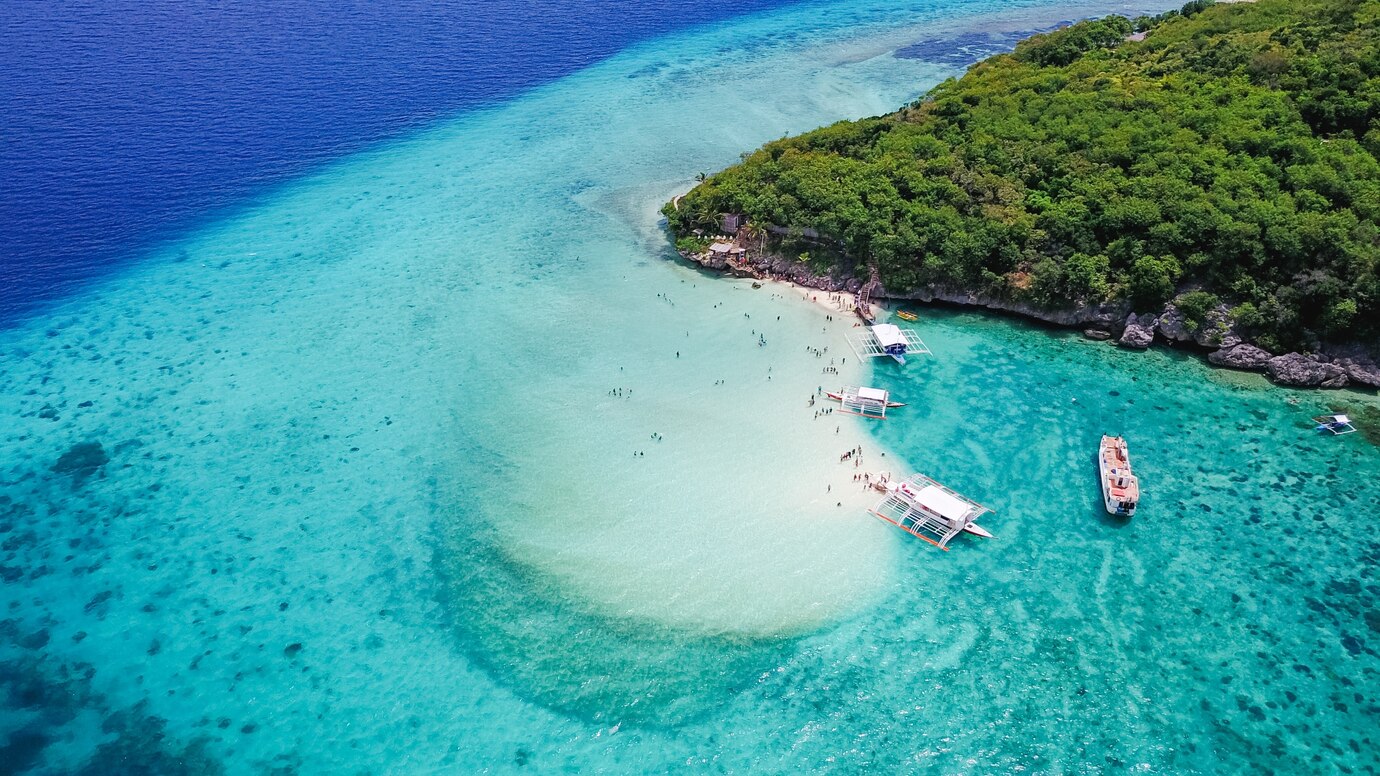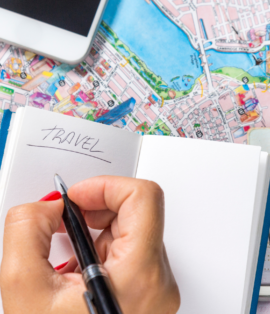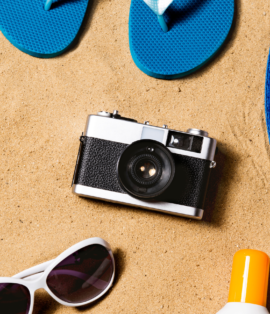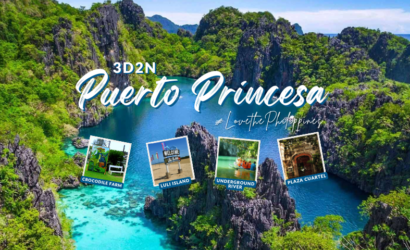Visiting the Philippines for the First Time: A Guide for Solo Travelers
Visiting the Philippines for the First Time: A Guide for Solo Travelers
The Philippines’ 7,641 islands are home to vibrant megacities, picturesque scenes of nature—and a rich tapestry of peoples, cultures and cuisine to boot.
With such sociocultural, geological, and biological diversity, it is safe to say that no two trips to the Philippines will be the same. And while the abundance of choice may be inviting to some, it can be a bit intimidating to others—especially those who are traveling on their own.
If you’re interested in traveling to the Philippines for the first time and are unsure of how to go about it, this quick guide aims to give you valuable tips and insights to help you plan out your trip.
Make a Clear Itinerary—But Keep Things Loose
Being an archipelago with landscapes that could vary greatly within short distances, moving from one destination to another may require a combination of land, air and sea travel. This is why it’s very important to have a clear and purposeful itinerary for your trip to the Philippines.
The secret to planning out an enjoyable trip is to allot time to enjoy each experience. Identify the places and events you want to visit, but don’t try to pack as many things as possible into each day.
The most convenient strategy is to plan your trip around one of the larger islands or island groups like Luzon, Palawan, or Central Visayas, and shortlisting destinations that are relatively close to each other.
However, if you really want to see different parts of the Philippines and get to experience a wider variety of attractions and cultures, you can always do so. Just make sure to keep in mind the availability of transportation and transit times.
There are a total of eight international airports in the Philippines capable of handling international flights, and 40 principal airports that accommodate domestic flights. Of the eight international airports, most international traffic is handled by the three busiest airports: Ninoy Aquino International Airport (NAIA) which is the country’s main international airport; Clark International Airport which is on a more northerly part of Luzon, the same island as NAIA; and the Mactan-Cebu International Airport in the province of Cebu on a separate island group.
Between the larger islands there are ferries that regularly transport passengers, as well as smaller vessels like boats. Many ferry companies also allow land transportation such as cars and buses to travel on their vessels.
Buses in the Philippines are run by private operators and would have their own ticketing at terminals and online. Within cities and towns, public transportation such as the iconic jeepney, taxis, tricycles, pedicabs, and even horse-drawn carriages are available.
The good news is apps like Google Maps and Waze are accurate for most places, especially popular tourist destinations. There are also local transportation apps and websites like Sakay.PH that serve as additional references to help you figure out how to get around. In addition, ride-hailing services like Grab are available in many major cities across the Philippines.
One thing to keep in mind though: with the exception of planes, trains, light rail, and ferries, most modes of transportation in the Philippines do not follow a strict schedule, so always account for extra time for travel between destinations.
Book Everything in Advance
While it is good practice to keep things loose with your itinerary, it is best to not leave availability to chance.
This is why it’s good practice to book everything in advance as much as possible. Luckily, the Philippines is a tech-savvy nation, and most accommodations, point-to-point transportation and attraction entrance tickets can easily be booked online.
It not only ensures the availability of services, attractions and amenities, but may also come with additional discounts for booking ahead.
Pack Sensibly and Purposefully
The further you head out of the big cities, the less places there are that offer luggage storage. This is why it’s important to pack smart and light for your trip.
Research on the places you will be visiting as well as what the weather would be like on your trip so that you can pack the right clothes and gear.
Aside from this, there are some essentials that you should keep in mind on your trip to the Philippines:
- Access to free Wi-Fi is hit or miss depending on where you go, so it would be good to get a portable Wi-Fi device or a local prepaid SIM card
- To make sure that you always have access to clean drinking water wherever you go, bring a reusable water bottle or tumbler
- With the Philippines being a tropical country, sunscreen is an absolute must if you’re gonna do a lot of exploring
- A power bank can come in handy when you’re going someplace remote like during island-hopping or camping.
Cash Is Still King (Mostly)
Although the Philippines is experiencing a boom in digital finance adoption, cash is still the most widely accepted payment option. Whether you’re headed to the city or going to a remote island, it’s always best to keep local currency handy with you at all times.
Familiarize Yourself With Travel Advisories, Guidelines and Restrictions
The great advantage of choosing the Philippines as your next vacation destination is that there are many countries whose citizens are allowed to visit the country visa-free.
However, both the Philippine government and your country’s government would still have certain requirements and restrictions that you should take note of when you plan to visit the Philippines.
Aside from a valid passport and document requirements, foreign travelers are required to register with the eTravel system before departing for the Philippines. Travelers will also be asked to accomplish the Customs Baggage Declaration Form as part of the immigration clearance process upon arrival to the country.
In addition, make sure that you check travel advisories from your country’s government for any updates on travel guidelines and requirements.
When in Doubt, Work With a Travel Agency
Planning a trip to an unfamiliar country can feel intimidating especially for a solo traveler.
If you get overwhelmed with the process, or don’t know where to start, you can always work with an international travel agency based in the Philippines like Strikers Travel to help you plan and book your ideal trip without the fuss.











